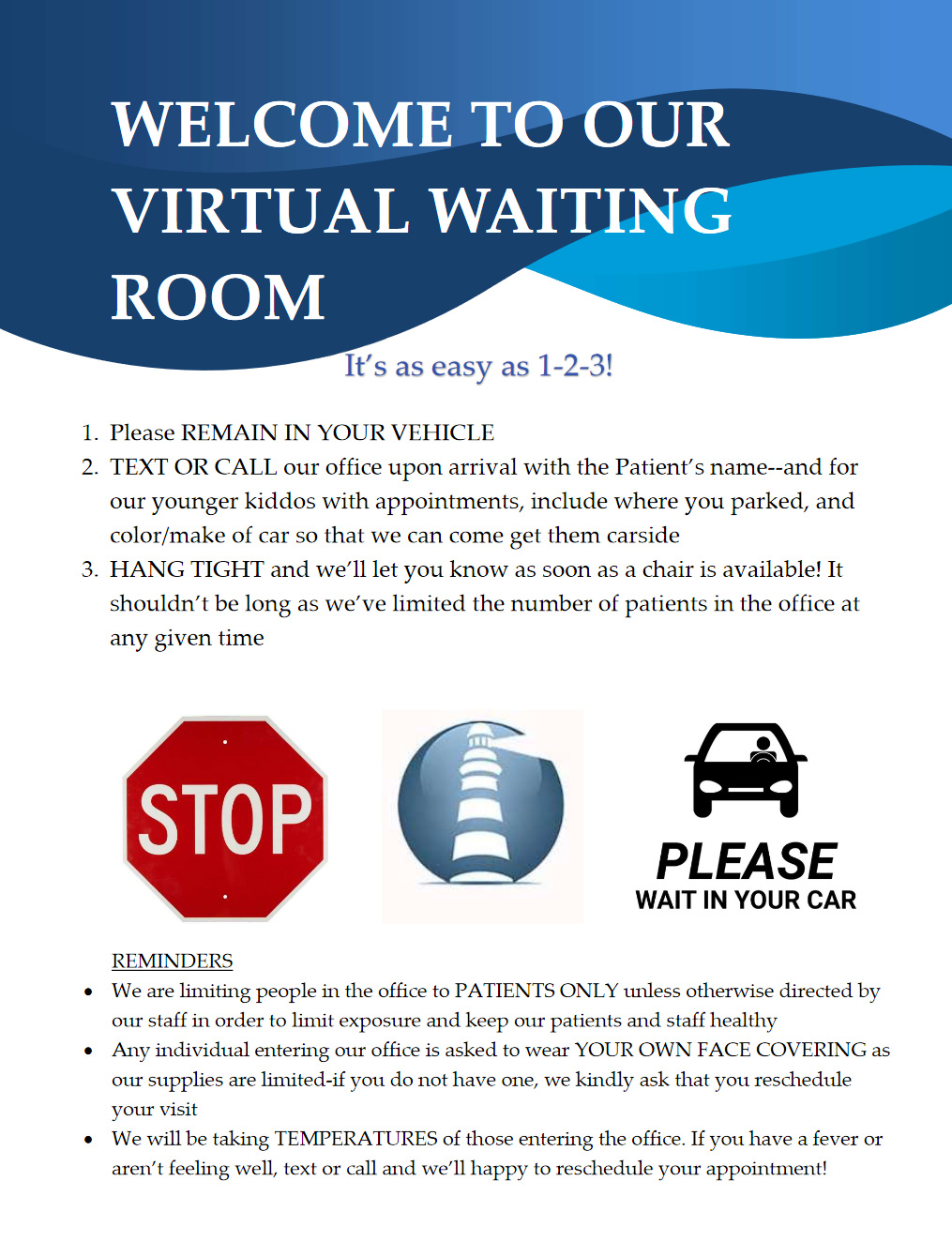Having your braces progressively adjusted was just the first step in the process of achieving and maintaining your new smile. Your teeth are held in their sockets by strong periodontal ligaments. During your adjustment sessions, they were stretched and pulled into a new position. Even after your braces have been removed, there will still be some residual tension in these ligaments.
Wearing a custom retainer during the times Dr. [doctor_name] prescribes, will serve to keep your teeth from migrating out of their alignment. There are three different types of retainers that [heshe] might fit you for. The one that is called for will vary depending on a few factors.
A Hawley-style retainer is the most common type of retainer. This is a thin, tongue-shaped piece of acrylic, custom fit to the shape of your mouth. The retainer is removable. When it’s in your mouth it is secured by a set of wires that lock onto specific teeth.
A clear plastic retainer might be called for if you only needed braces for a short period of time and only required minor realignment. It’s hard for the casual observer to even notice you’re wearing the retainer.
If your upper or lower teeth needed significant realignment by your braces, then Dr. [doctor_name] might need to install a fixed retainer behind the pertinent teeth. This is a sturdy metal band that is cemented in place.
How long you need to use a retainer will vary depending on how your periodontal ligaments respond. If you have a removable retainer, you might need to wear it more often at first. In general, most people need to use a retainer for as long as they needed to wear braces.
If you are due to have braces removed soon and you have questions about retainers, you can call Dr. [doctor_name]’s office in [city], [state] at [phone] for a consultation.










 Schedule A Complimentary Consultation
Schedule A Complimentary Consultation Virtual Waiting Room
Virtual Waiting Room






